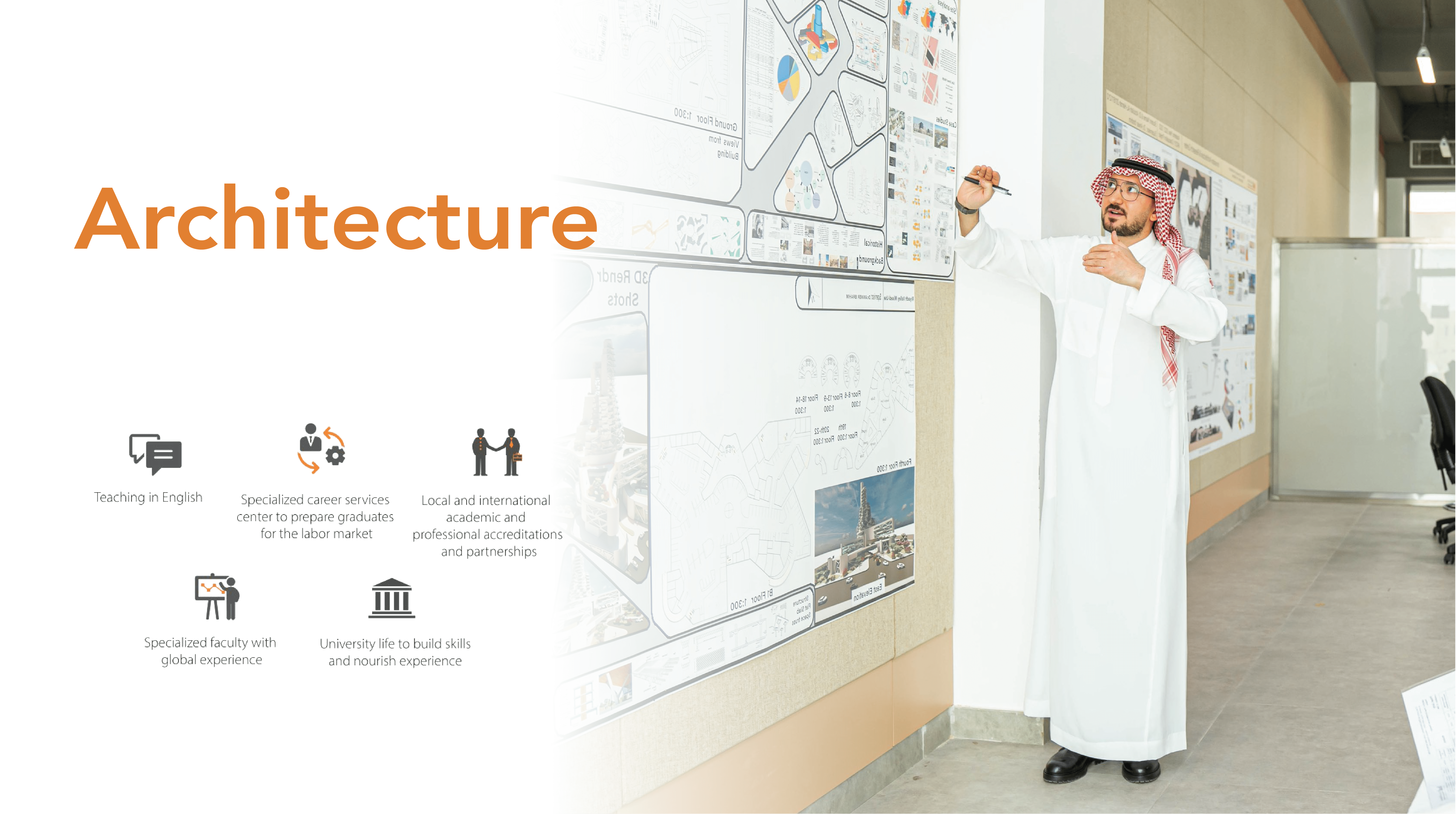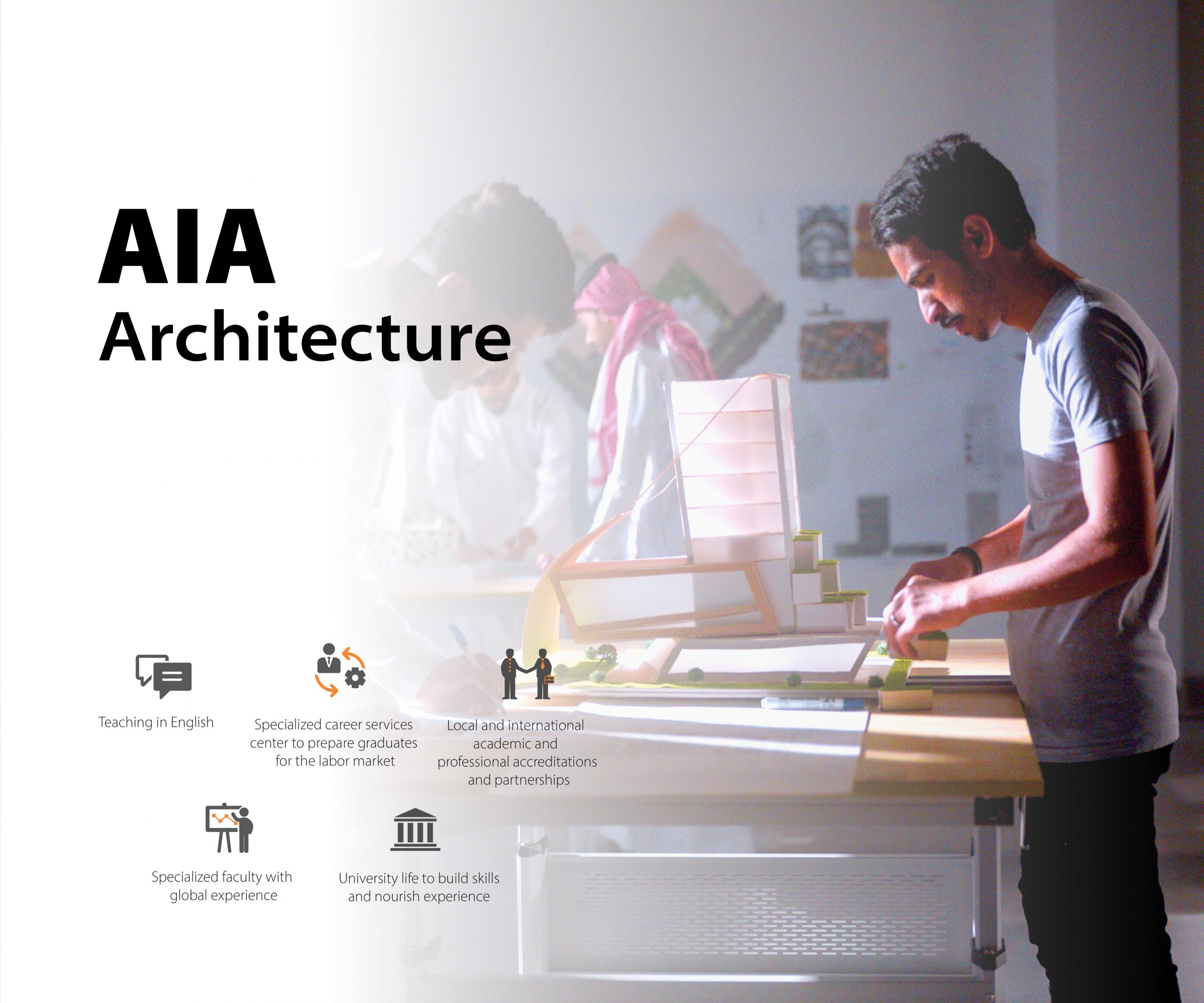The Architecture Program at YU is designed to graduate architects with comprehensive knowledge, problem-solving skills, and innovative abilities to create solutions that are sensitive to human needs and local cultural distinctiveness. The department’s mission is to empower the next generation to shape a future marked by positive social and economic progress. To achieve this, the Department of Architecture engages students in acquiring artistic, scientific, cultural, and technological knowledge. This education aims to develop critical thinking, analytical abilities, and technical skills necessary for synthesizing sustainable and aesthetically exceptional architectural solutions. The department aims to be one of the best architectural programs in the Kingdom, achieving and sustaining both national and international recognition. The program is taught in English and spans five years.


